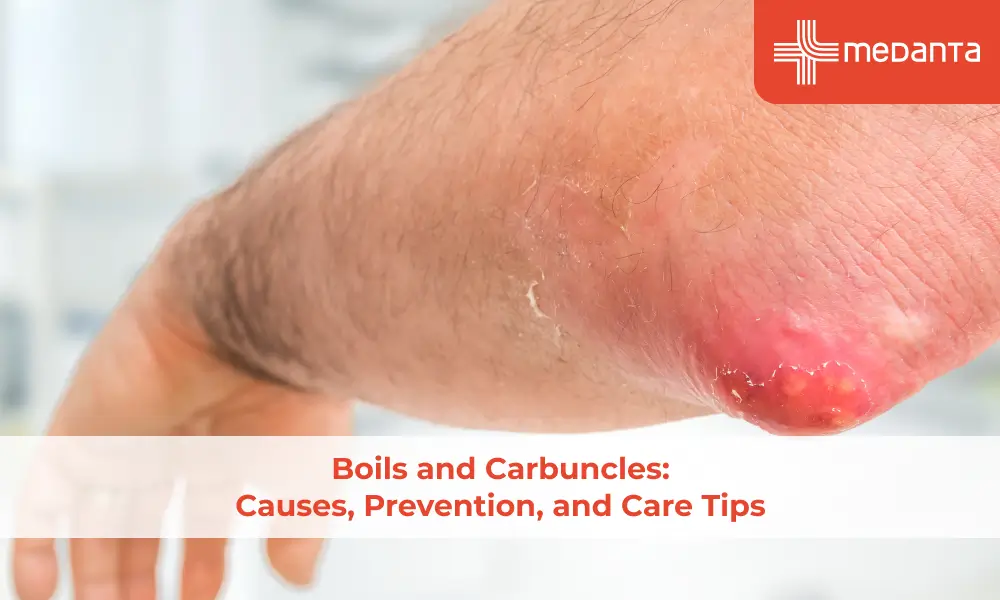8 Tips to Manage Osteoarthritis Pain
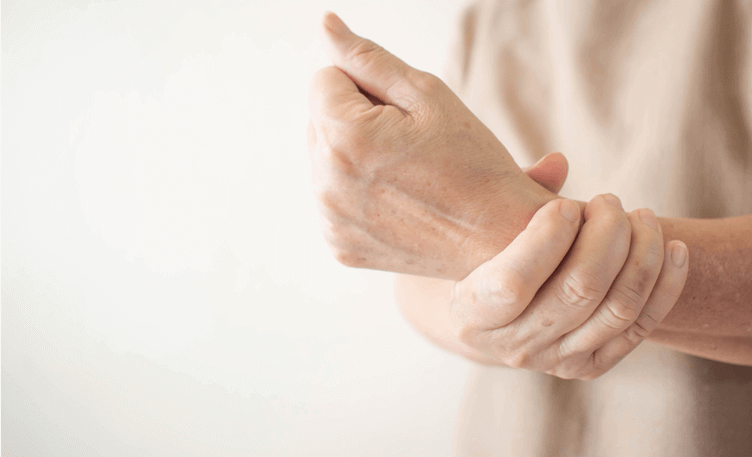
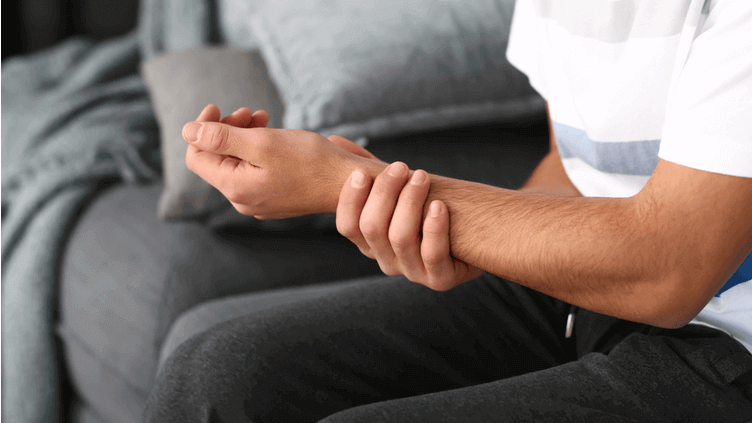
Osteoarthritis is a long-term, chronic disease of the joints which leads to ‘wear and tear’ of your joints. Osteoarthritis cannot be cured, but there are treatments and several methods to manage its symptoms and provide relief. Here are 8 tips to manage osteoarthritis pain:

Physical exercise is one of the most integral steps in the treatment of Osteoarthritis. Simple activities like walking, strengthening exercises, or aerobics can help maintain joint flexibility. Consult your doctor before opting for a specific exercise routine.

Excess weight can exert pressure on your joints, making it weaker and vulnerable to further damage. Eat fewer calories and exercise as advised to maintain a healthy weight.
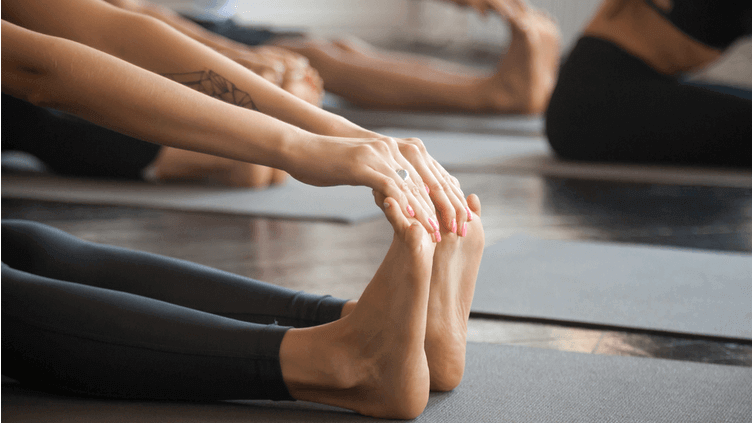
Opt for therapies like yoga or tai chi that involves gentle and slow stretching. This may help reduce stiffness, improve flexibility, and relieve pain. Ensure you check with your doctor before choosing either.

Therapists can provide you with a range of treatment methods to help relieve you of Osteoarthritis pain. Methods include ways to properly use joints; Heat and cold therapies; Range of motion and flexibility exercises; Assistive devices.
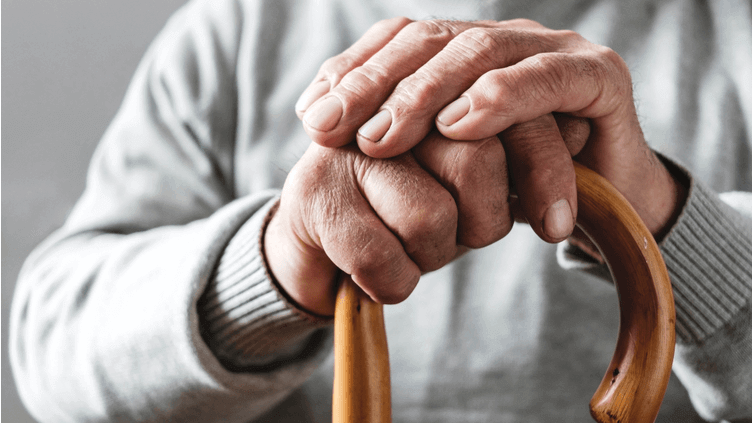
Enablers like scooters, canes, walkers, jar openers etc can help with function and mobility. These are called assistive devices and can be beneficial towards applying lesser stress on weak joints while performing daily activities.

There are various medicines that your doctor may prescribe to manage your osteoarthritis pain effectively. They can be in the form of syrups, tablets, creams, lotions, or may be injected into your joint.
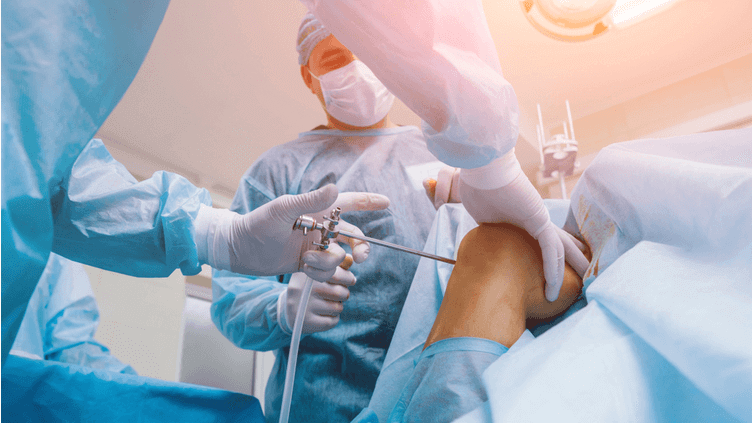
Joint surgery can often help replace or repair damaged joints, especially of the hips and the knees. If you’re eligible for surgery, your doctor will prepare for a procedure.
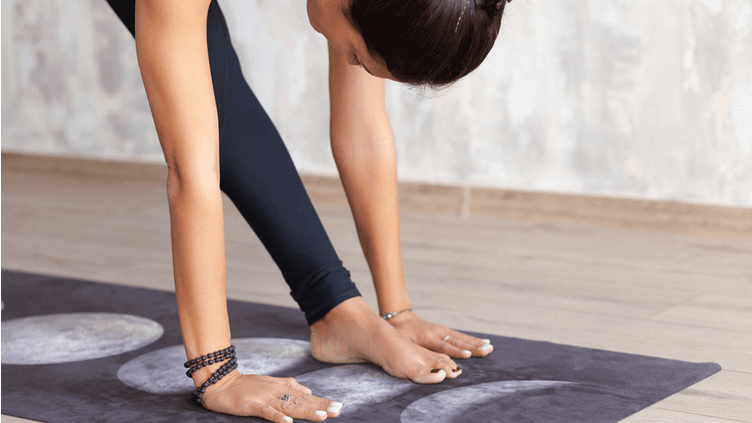
Relaxation techniques, hydrotherapy, acupuncture, massages, and nutritional supplements may also be explored to provide relief to osteoarthritis pain.

Although not curable, simple changes in your lifestyle can help you manage your osteoarthritis pain effectively. Keeping a positive attitude and continuing therapy are the best ways to overcome this.





